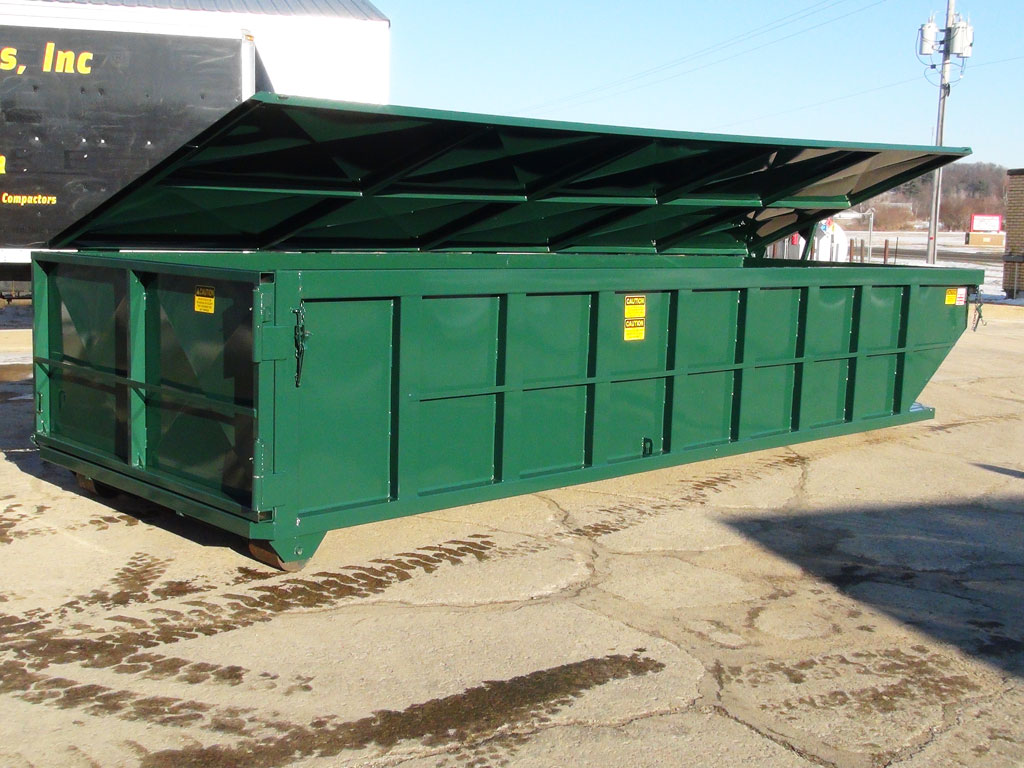Introduction
Home restoration is an interesting yet daunting undertaking. Whether you're remodeling your kitchen, including a brand-new room, or just freshening the look of your home, having a well-structured renovation timeline is essential. But what several home owners forget is the value of integrating proper waste management into this timeline. "Setting Up Your Home Restoration Timeline with Correct Waste Monitoring" isn't practically keeping your room clean; it's about ensuring efficiency, compliance with local laws, and reducing environmental effect. This post supplies a thorough guide to aid you navigate the complexities of home improvement while effectively taking care of waste.
1. Understanding the Extent of Your Home Renovation
1.1 What Does Your Improvement Entail?
Before diving into timelines and waste administration methods, it's important to comprehend what your remodelling entails. Are you preparing aesthetic adjustments, architectural modifications, or both?
1.2 The Value of Planning
Planning is half the fight won. A thorough strategy helps you prepare for necessary authorizations, building codes, and most notably-- waste generation.

2. Establishing Your Home Improvement Timeline with Appropriate Waste Management
2.1 Why is Waste Administration Important?
Waste administration throughout improvements isn't simply a box to check off; it's important to preserving a safe workplace and maintaining costs down.
2.2 Secret Factors to consider in Waste Management
When establishing your timeline, think about factors such as:
- Type of products used (wood, drywall, ceramic tiles) Disposal regulations in your area Recycling options available to you
3. Creating Your Home Restoration Timeline
3.1 Developing Milestones
Breaking down your task into milestones can supply clearness and maintain you encouraged throughout the process.
3.2 Time Appropriation for each and every Phase
Dedicate time for:
- Planning Demolition Construction Cleanup and waste disposal
4. Assessing Waste Generation
4.1 Approximating Volume of Waste
Estimate how much waste each stage will produce to select ideal disposal techniques ahead of time.
4.2 Sorts of Waste Produced Throughout Renovations
Understanding the sorts of waste you'll produce can aid in preparing for its disposal:
- Construction debris Hazardous materials General refuse
5. Selecting the Right Disposal Method
5.1 Junk Removal Providers vs DIY Disposal
Consider whether employing experts or dealing with disposal yourself makes more feeling for your project.
5.2 Dumpster Rental: A Practical Option?
Renting a dumpster can simplify waste management significantly however requires careful planning relating to size and rental duration.
6. Regional Regulations on Waste Disposal

6.1 Understanding Neighborhood Laws
Make sure you recognize with regional regulations associated with building and construction particles and harmful materials.

6.2 Permits and Licenses Required
Certain areas may require particular authorizations for waste disposal-- ensure these are acquired prior to starting your project.
7. Reusing Choices for Structure Materials
7.1 What Can Be Recycled?
Identify which materials can be reused to reduce landfill contributions:
- Wood Metal Concrete
7.2 Searching for Resident Reusing Facilities
Research regional centers that approve building and construction materials for reusing purposes.
8. Ecological Influence of Poor Waste Management
8.1 The Expense to Our Planet
Neglecting correct waste monitoring can lead to substantial ecological consequences such as pollution.
8.2 Lasting Practices
Adopting sustainable practices Piedmont Triad Dumpsters not just benefits the setting however also enhances your home's worth long-term.
9. Budgeting for Waste Management Costs
9.1 Hidden Prices in Renovations
Waste monitoring shouldn't be a second thought; include it in your total improvement spending plan from the start.
9.2 Estimating Total Costs
Consider all elements like dumpster rentals, scrap elimination services, and recycling costs when budgeting.
10. Final Clean-up: Best Practices for Waste Disposal
10.1 Post-Renovation Cleanup Checklist
Ensure you have a checklist all set for successfully wrapping up cleaning post-renovation.
|Task|Standing|| -----------------------|------------|| Dispose of hazardous material|Finished|| Recycle functional things|In Progress|| General cleaning up|Pending|
10.2 Handling Leftover Materials
Don't ignore leftover materials that could be useful later on-- take into consideration saving them rather than tossing them away!
Frequently Asked Inquiries (Frequently asked questions)
Q1: Exactly how do I estimate how much waste my remodelling will generate? Approximating waste generation entails computing the square video footage being renovated and using sector standards based on usual materials used.
Q2: Are there any green disposal options? Yes! Explore recycling centers that concentrate on building debris or take into consideration contributing useful things to regional charities.
Q3: What ought to I perform with unsafe materials like paint? A lot of areas have particular standards for taking care of dangerous products; contact neighborhood waste administration authorities for directions tailored to your location.
Q4: Do I need a license for rental dumpsters? This varies by area-- examine regional laws regarding dumpster services prior to waging renting one.
Q5: Can I reuse drywall? Yes! Drywall can often be reused if taken to details facilities made for this function; nevertheless, examine regional guidelines first.
Q6: The length of time ought to I plan for clean-up after renovations? Normally, designate at the very least one complete day devoted only to clean-up at the end of your job-- however this can differ depending on the range of restorations undertaken.
Conclusion
Navigating via home renovations while managing waste could seem frustrating at first glimpse, but with cautious preparation and adherence to established timelines, it ends up being manageable-- and even satisfying! Remember that "Setting Up Your Home Remodelling Timeline with Appropriate Waste Monitoring", not only helps maintain an arranged office but ensures that you're making liable options that profit both you and the setting long-lasting.
By understanding every element-- from estimating waste manufacturing and selecting proper disposal methods-- to abiding by neighborhood laws, you'll set yourself up not just for a successful improvement but also contribute positively towards lasting living techniques in your community.